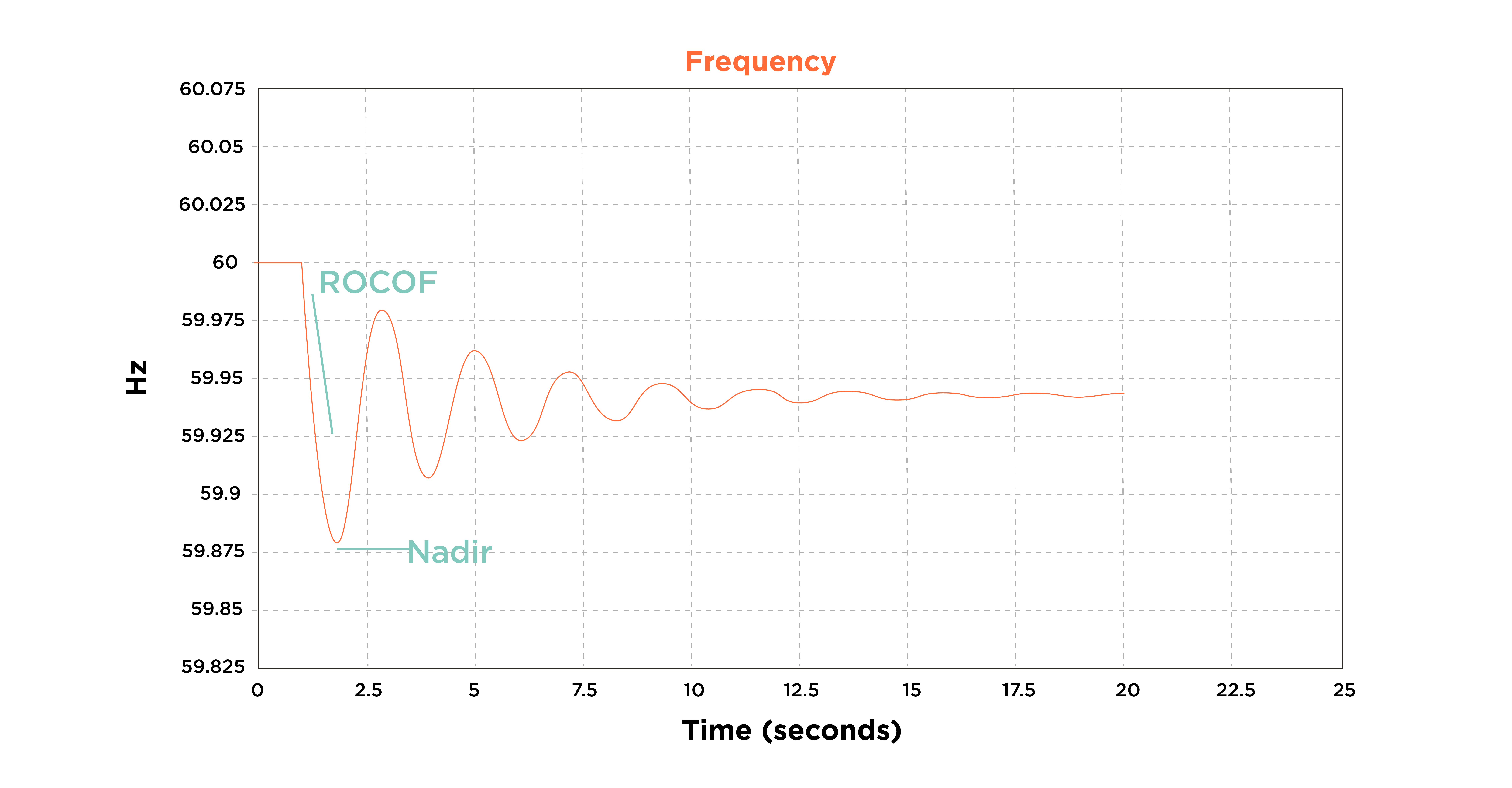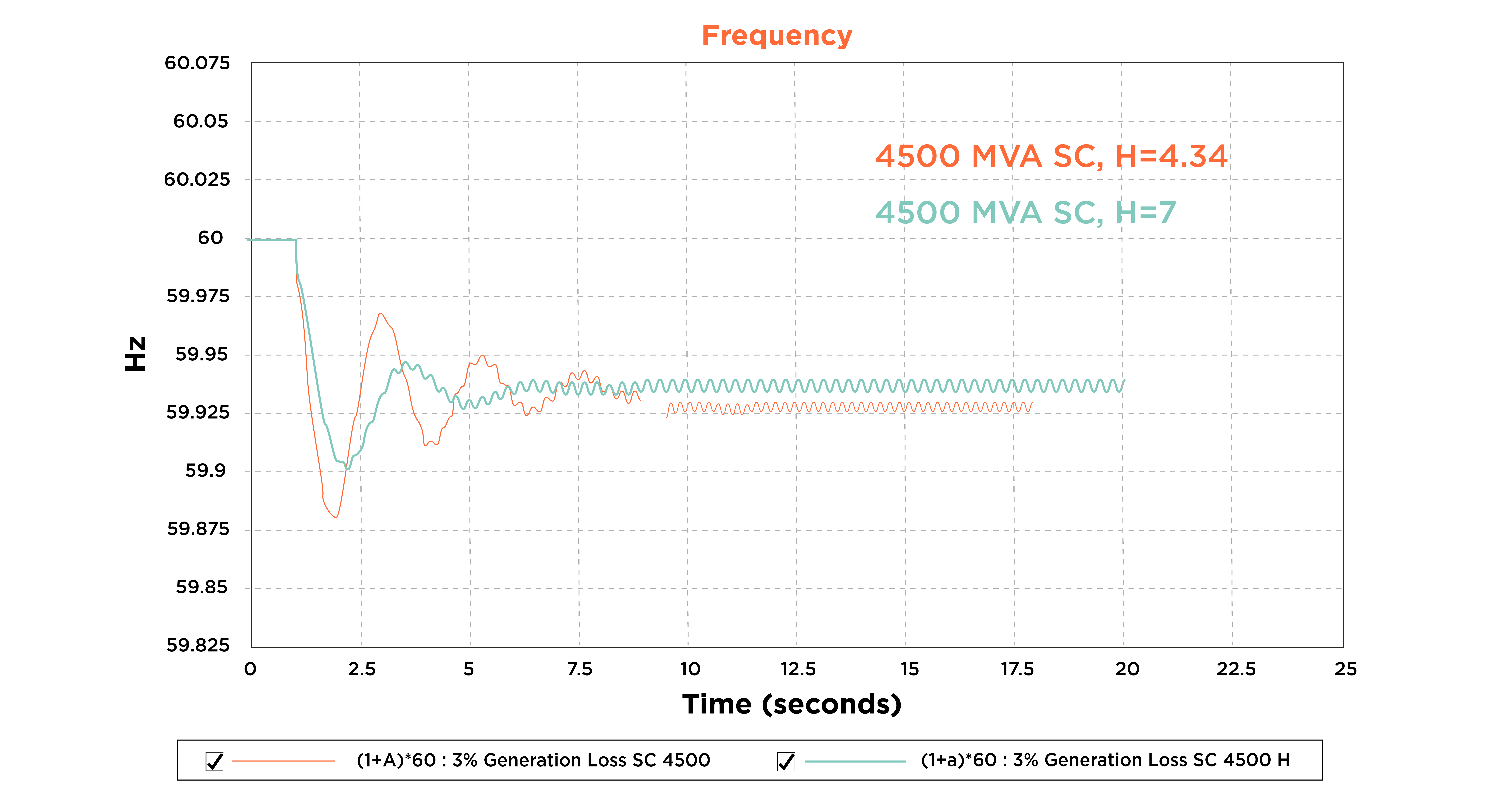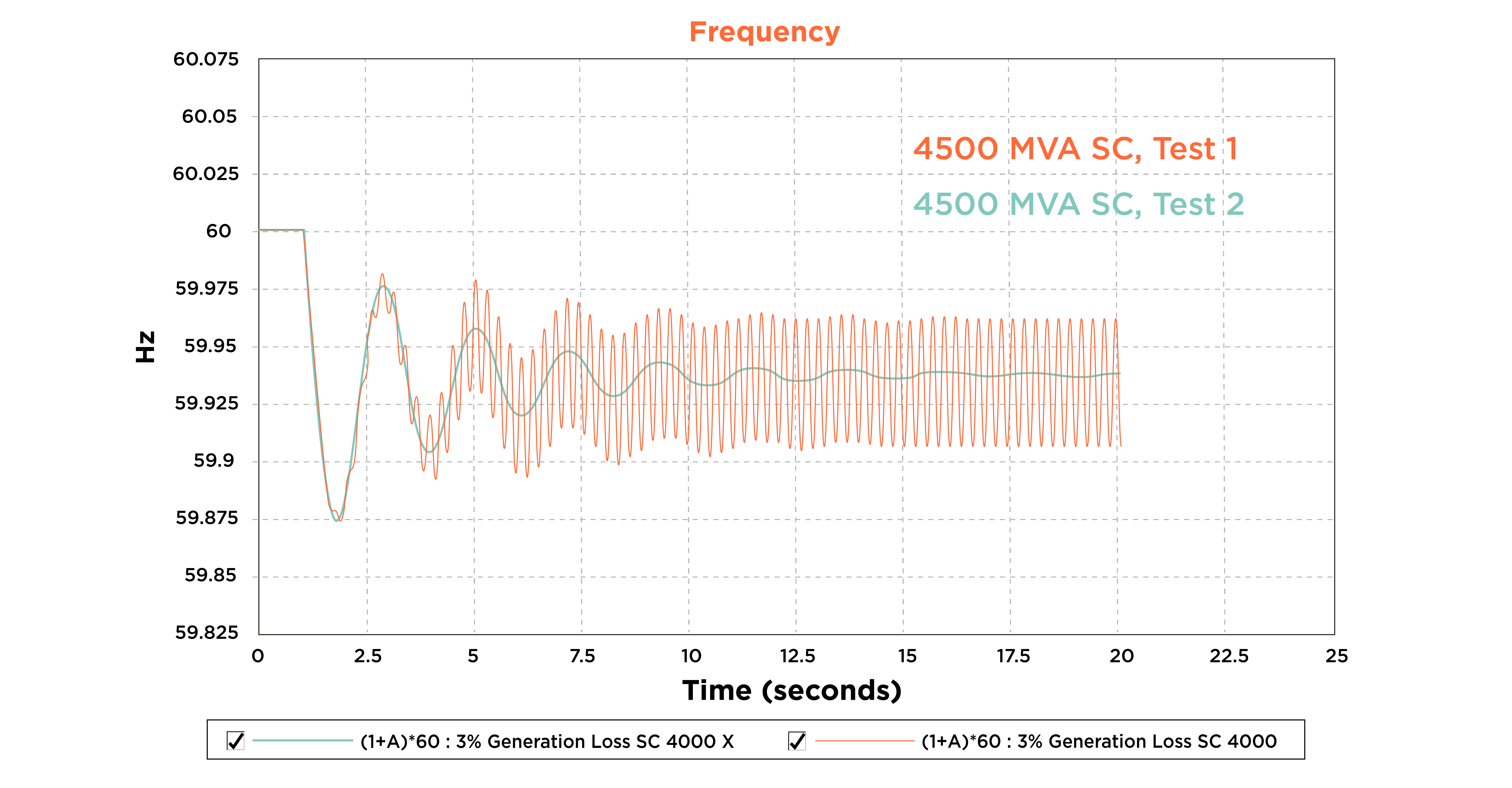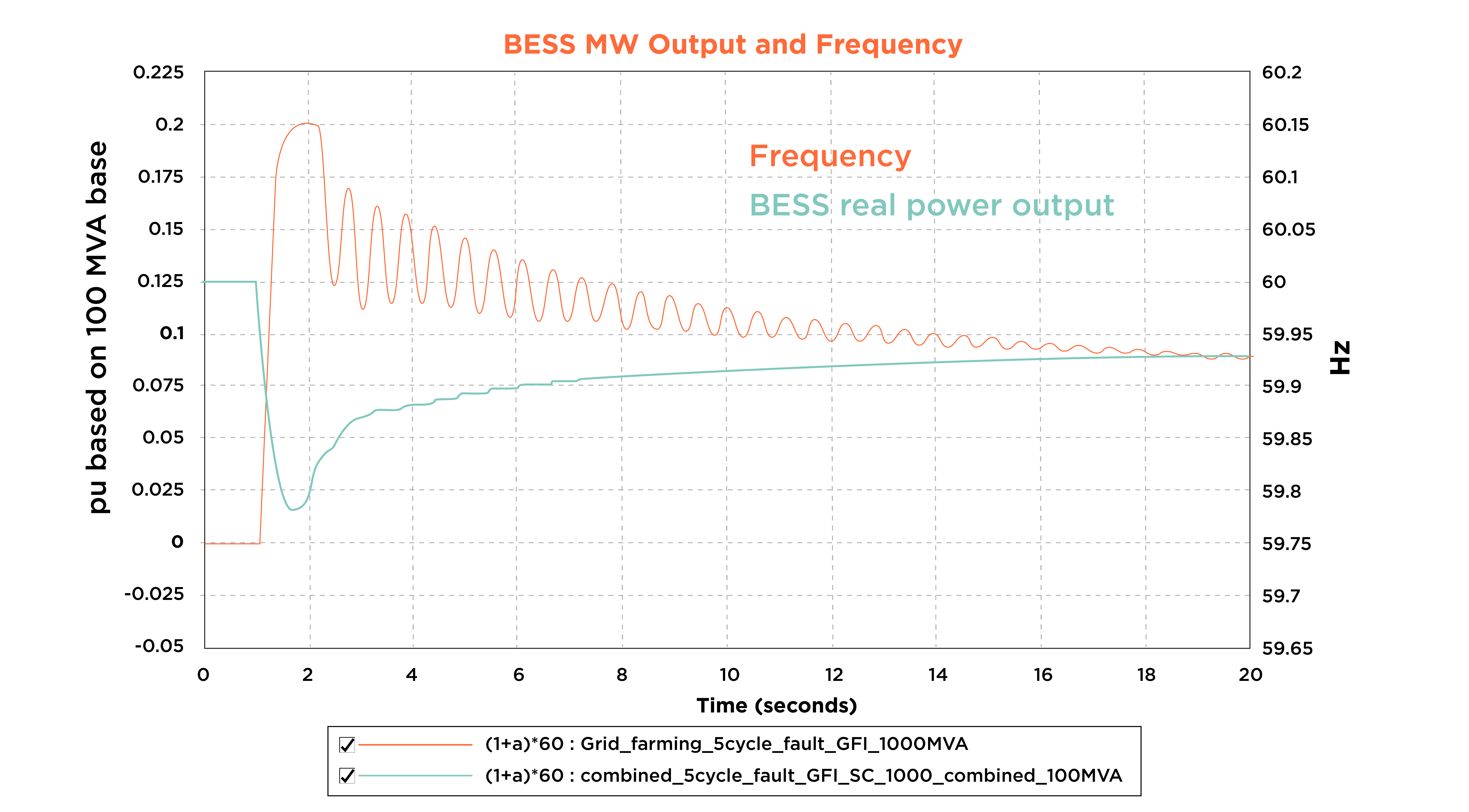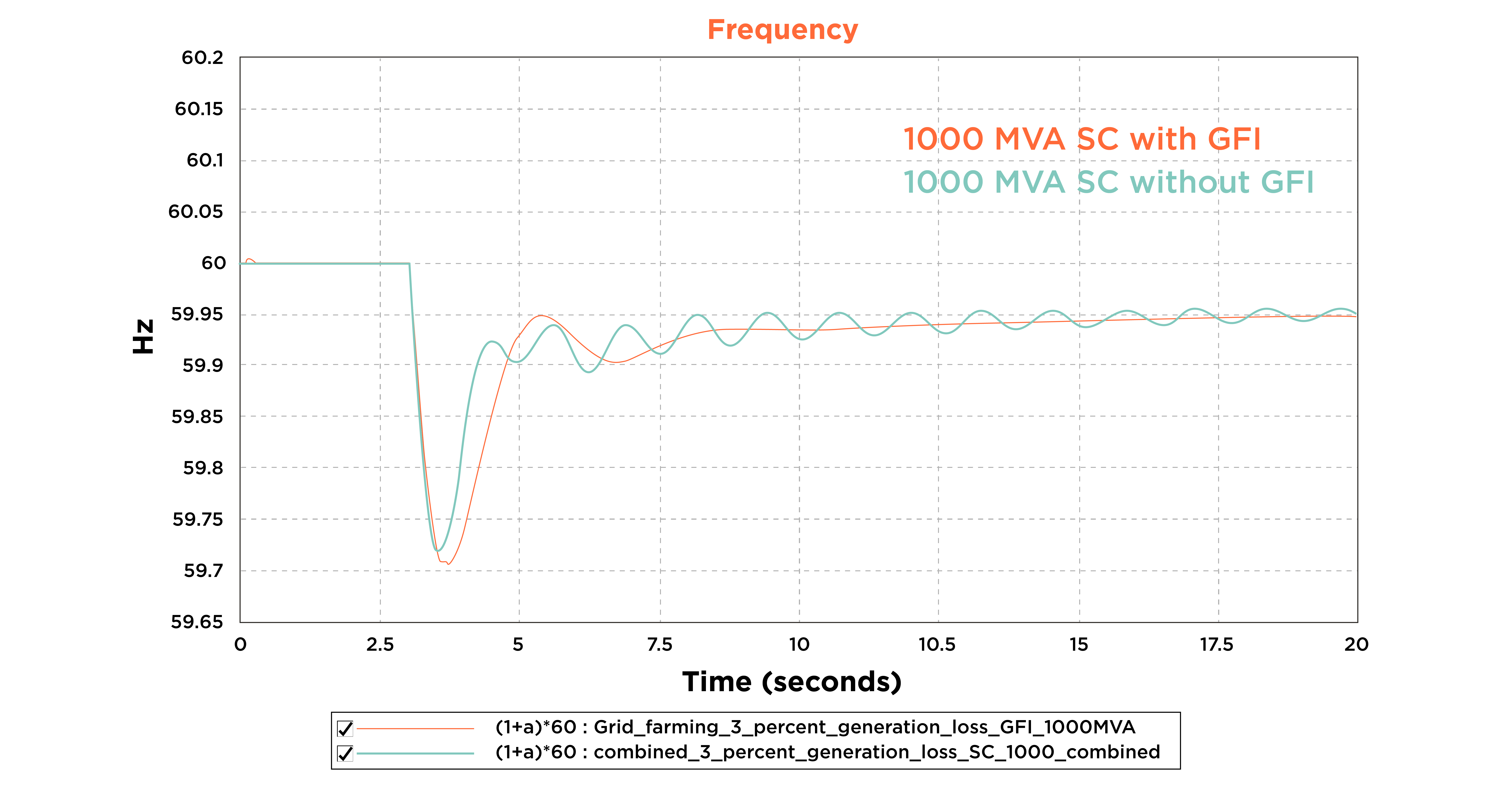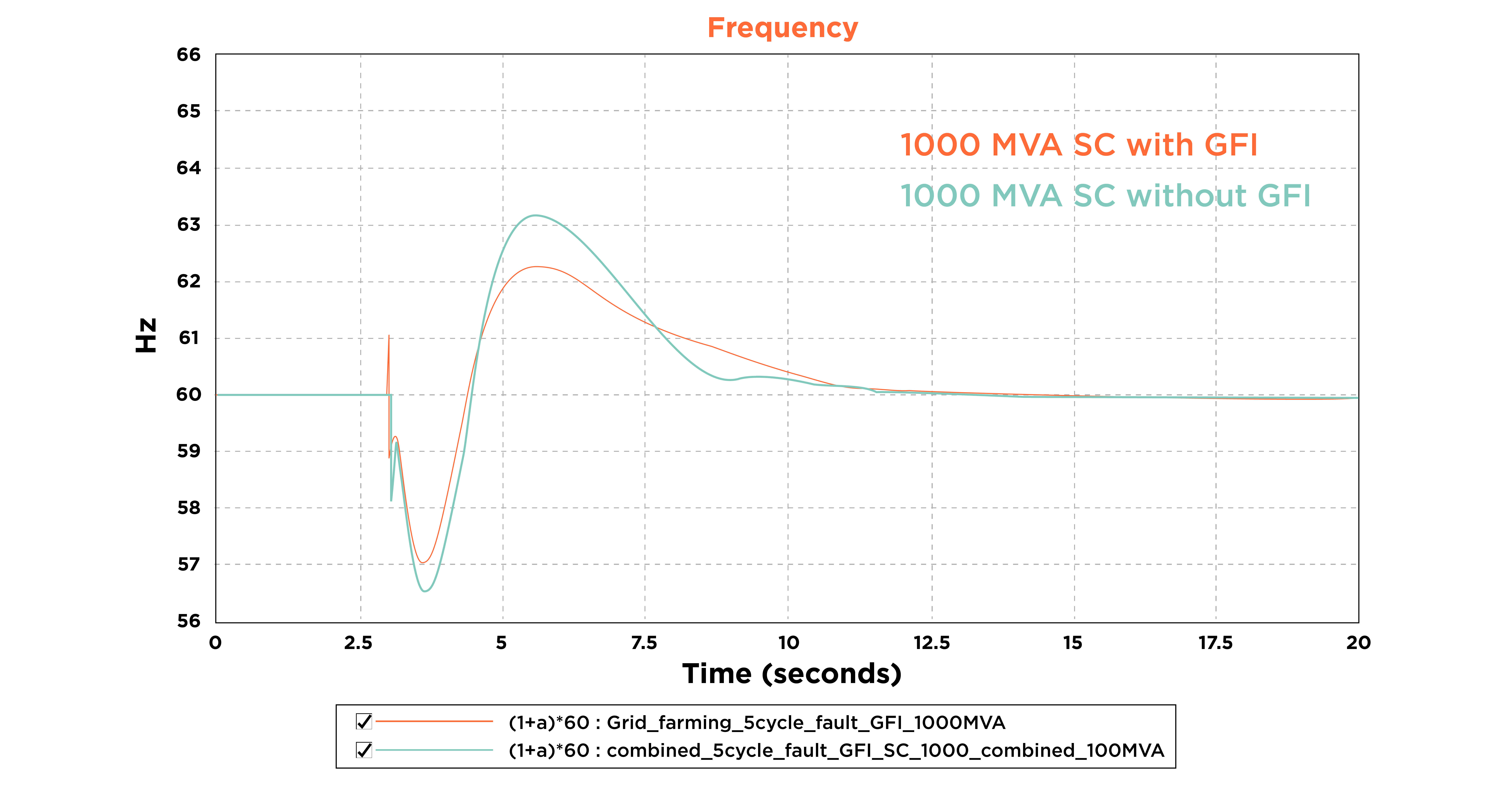Factors Driving Transition
Across the world, there is an increasing need to set up isolated microgrids to meet the demands of existing or new loads. The trend is driven largely by policy, economic factors, or the need to improve reliability and resilience. As calls increase for a sustainable future, it is paramount to have an ability to establish a microgrid powered by renewable energy sources, primarily wind and solar. Federal, state and local governments have developed a range of economic incentives to encourage integration of renewable resources. These programs are showing results and there has been a rapid increase in integration of renewable generation sources on the grid. This trend has, however, created several hurdles that must be resolved in order to integrate these renewables with existing grids.
In certain portions of the U.S., local governments and utilities have set goals that would result in 80% to 100% of load being served by wind and/or solar power within the next decade or two. In addition, there are certain industrial loads that are similarly trying to meet their power and energy needs from renewable generation and other forms of energy, such as clean hydrogen. These trends can pose many challenges related to design and operation of these grid systems.
Our analysis was conducted on a test system to assess a few solutions that help establish and even enhance stability on grids with large percentages of renewables meeting demand. Our results indicate that synchronous condensers are needed by a value of at least 20% of total load on the system to help stabilize grid operations. Our review also examined tuning of inverter controls for weak grid system conditions, along with using grid-forming inverters to help improve stability and provide black-start capability.
Our findings indicate that studies to optimize protection systems would be beneficial to the design of protection systems to accommodate the needs of the ride-through capability of the inverters under large frequency and voltage deviations.




